When it comes to portrait photography, many pros will argue that you can’t beat the results you get with primes. Their wider maximum apertures help highlight subjects, and their ability to simplify complicated backgrounds and produce a beautiful bokeh effect helps create portrait images that stand out. But which ones should you consider for your portrait work? We put together a list of 5 (+1...if you think a little different about a portrait lens!) of the best Sony prime lenses for people and portraits.
1, Sony 85mm f/1.4 G Master
85mm is a classic focal length for any portrait shooter and Sony 85mm f/1.4 G Master might be the best 85mm lens ever made. As a G Master lens it represents the pinnacle of design and manufacturing. It’s an ideal combination of speed, sharpness and the classic 85mm look.
“The 85mm f/1.4 G Master is just an all-around perfect portrait lens, so when I'm shooting fashion and portraits or headshots – that's my go-to,” says Sony Artisan Mike Colón. “It's really fast at AF tracking and it's great with Eye AF which I use a lot. It blows my mind to be shooting wide open with a shallow depth of field on this really beautiful lens.”
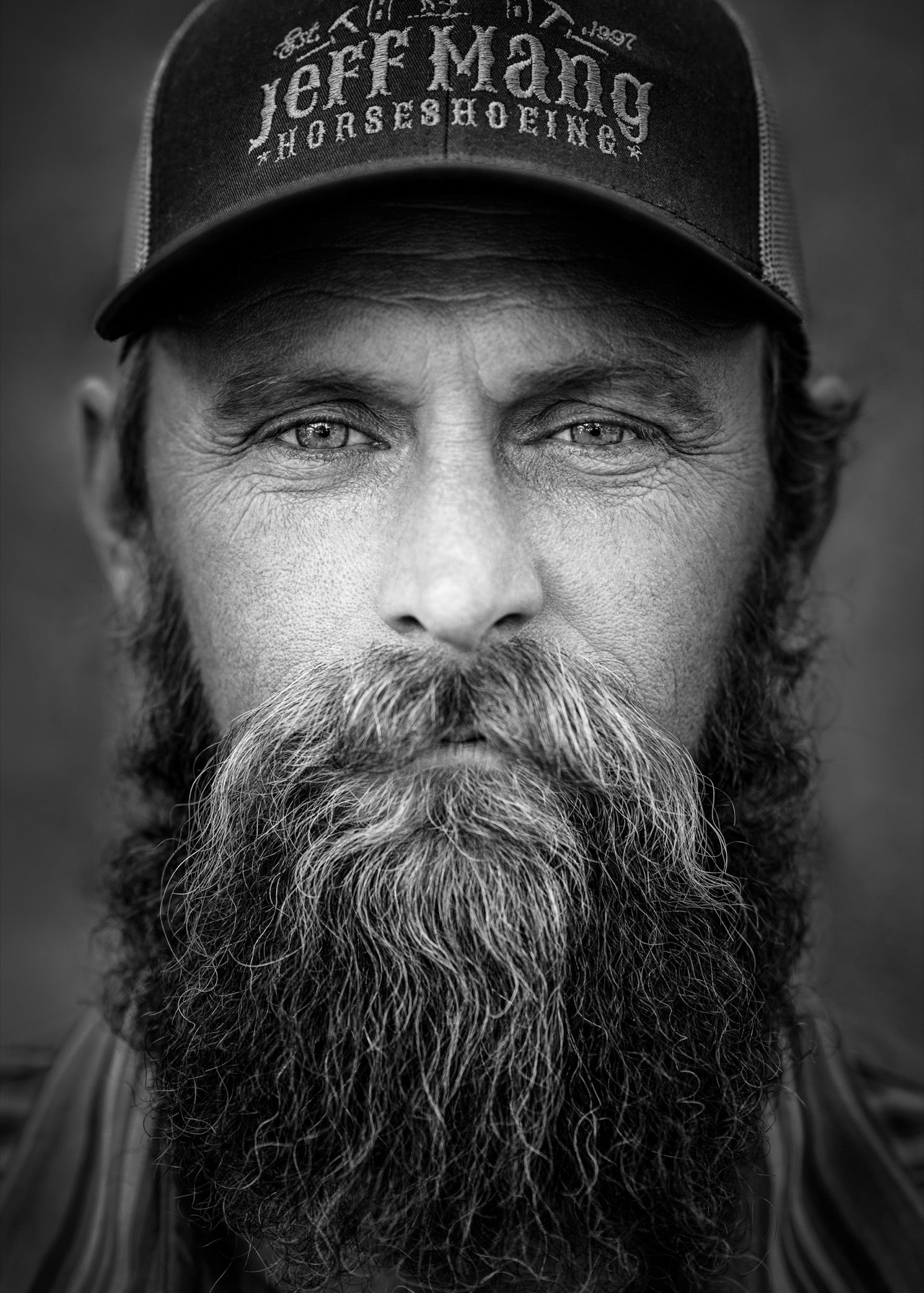
Photo by Ben Moon. Sony 85mm f/1.4 G Master lens.
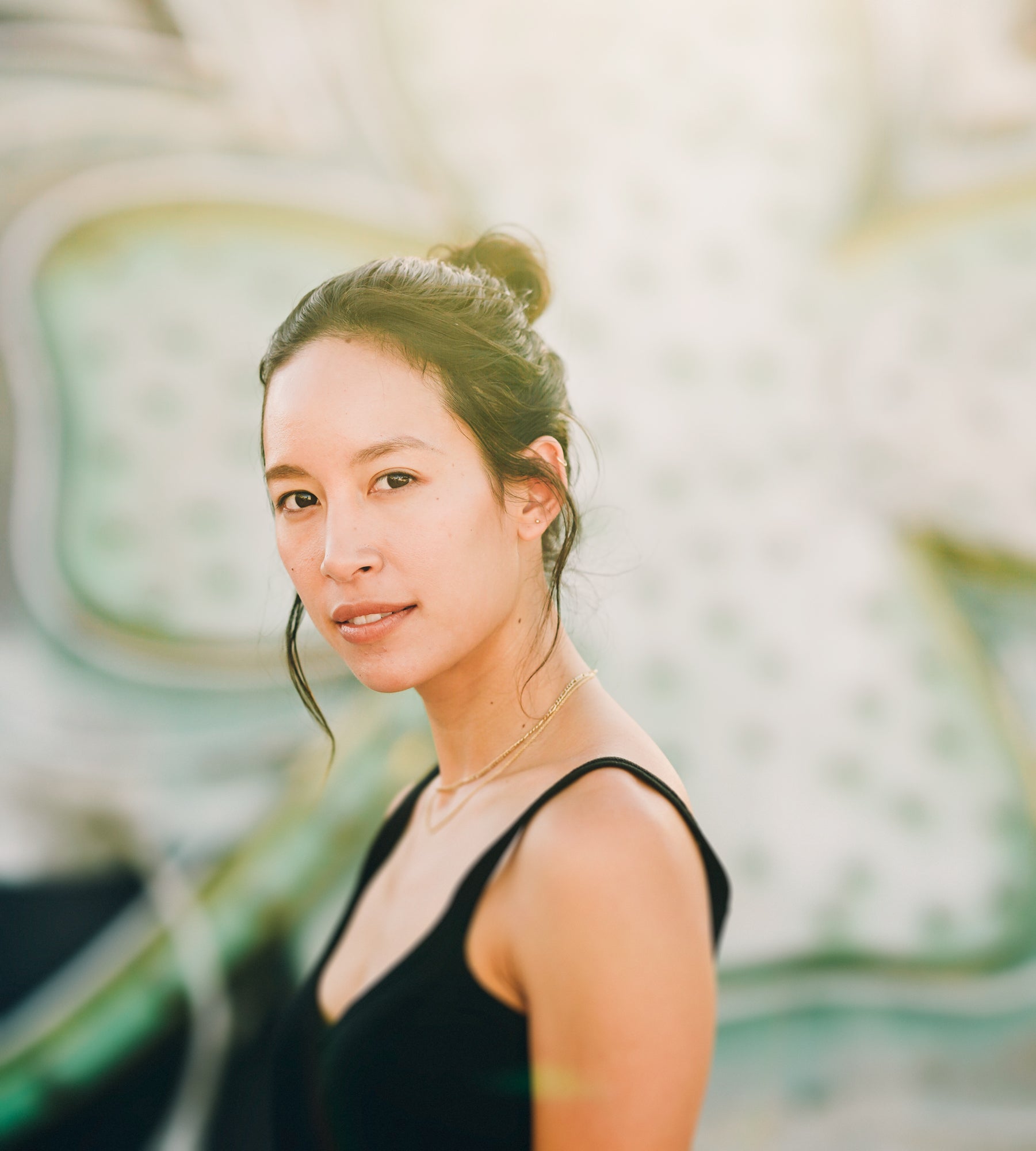
Photo by Chris Orwig. Sony 85mm f/1.4 G Master lens.
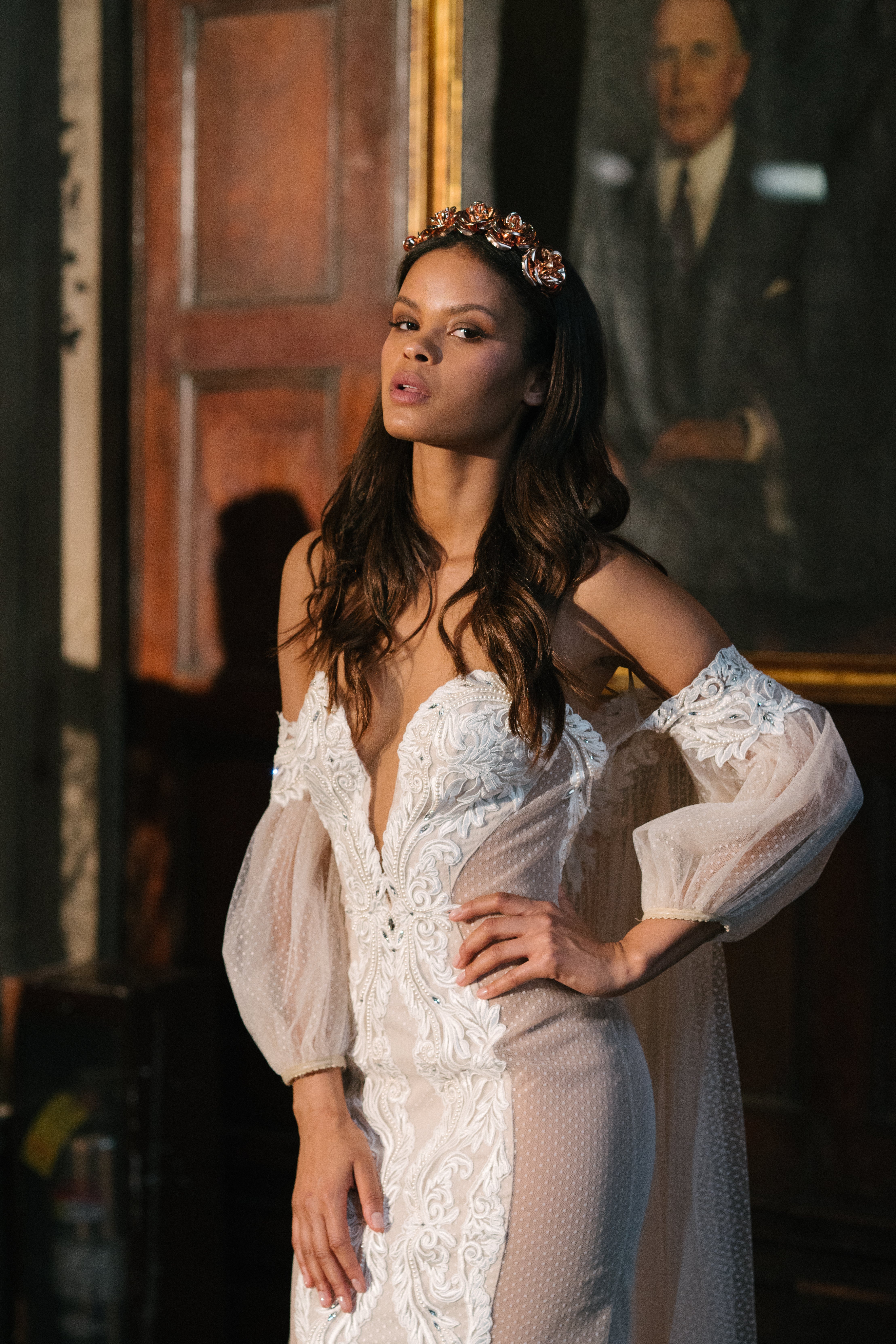
Photo by Mike Colón. Sony 85mm f/1.4 G Master lens.
See more about the Sony 85mm f/1.4 G Master lens in Chris Orwig’s Favorite Full Frame Primes For Portraits, See How This Pro Chooses His Most Important Lenses, One Light Portrait Setup How-To, Mike Colon On The 85mm f/1.4 G Master, In Use: Miguel Quiles Reviews The G Master FE 85mm f/1.4 GM, What’s In My Bag: Paul Gero's Cameras & Core Four Lenses, What Separates Pro Portraits From The Rest? and Mike Colón Reviews The 85mm f/1.4 GM For Wedding Shooters.
Also consider:
Sony 85mm f/1.8: The Sony 85mm f/1.8 has a devoted following among wedding and portrait shooters in particular for its combination of sharpness, compact size and overall value. The 85mm G Master is slightly faster and it’s one of the sharpest lenses ever made, but the 85mm f/1.8 is a good option if the G Master doesn’t fit into your plans.
Sony 90mm f/2.8 Macro G OSS: The Sony 90mm f/2.8 Macro G OSS might be a surprise on this list because of its “macro” designation. However, the lens has always had devotees among professionals who photograph people and portraits. The 90mm Macro G is extremely sharp across the frame and, being a macro lens with OSS – it’s a versatile option.
2, Sony 135mm f/1.8 G Master
From the day it was announced, the Sony 135mm f/1.8 G Master photographers have raved over its sharpness, speed and overall performance. (Lens Rentals called it the sharpest lens they've ever tested. Period.) Combining rapid autofocus acquisition with a lightweight design and a variety of professional functions, this is a versatile, high-performance tool for professional portrait photographers.
“In portrait work, the assignment is always to make certain the subject of your photograph is the essential part of the frame,” says Sony Artisan Patrick Murphy-Racey. “Classic portrait focal lengths have always been in the 75-100mm range, but I prefer the 135mm look, especially when the backgrounds are busy and complicated.”
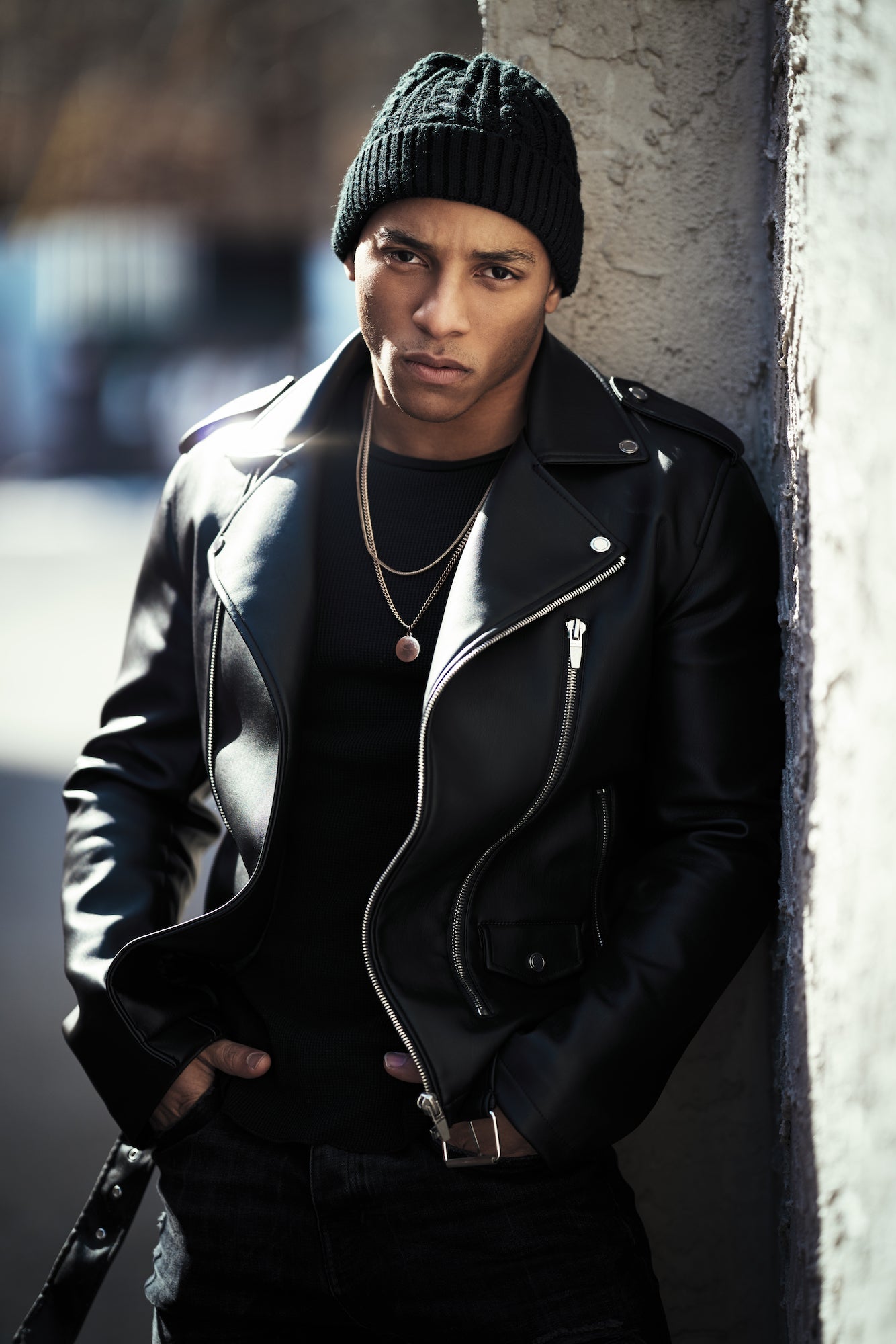
Photo by Miguel Quiles. Sony 135mm f/1.8 G Master lens.
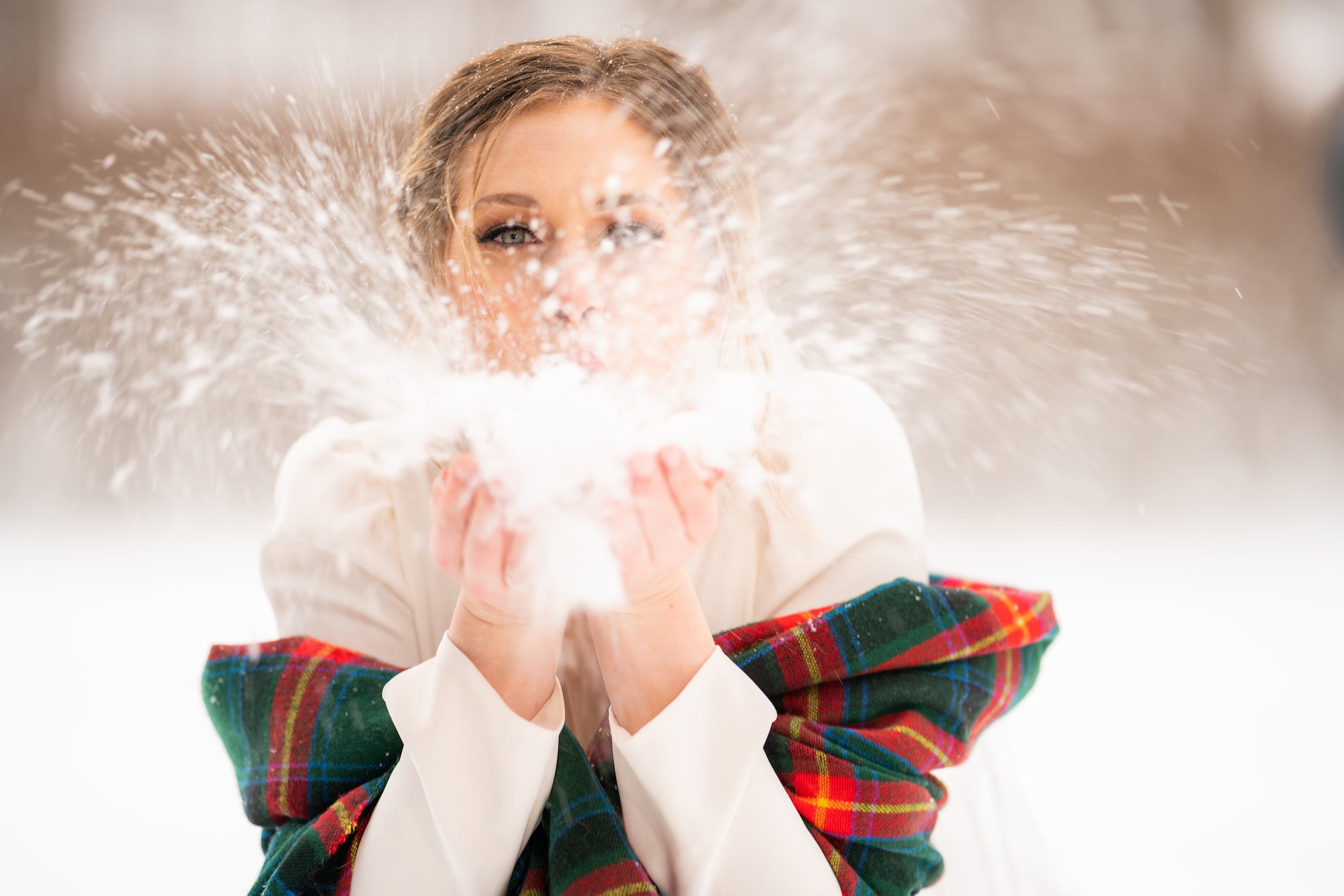
Photo by Robert Evans. Sony 135mm f/1.8 G Master lens.
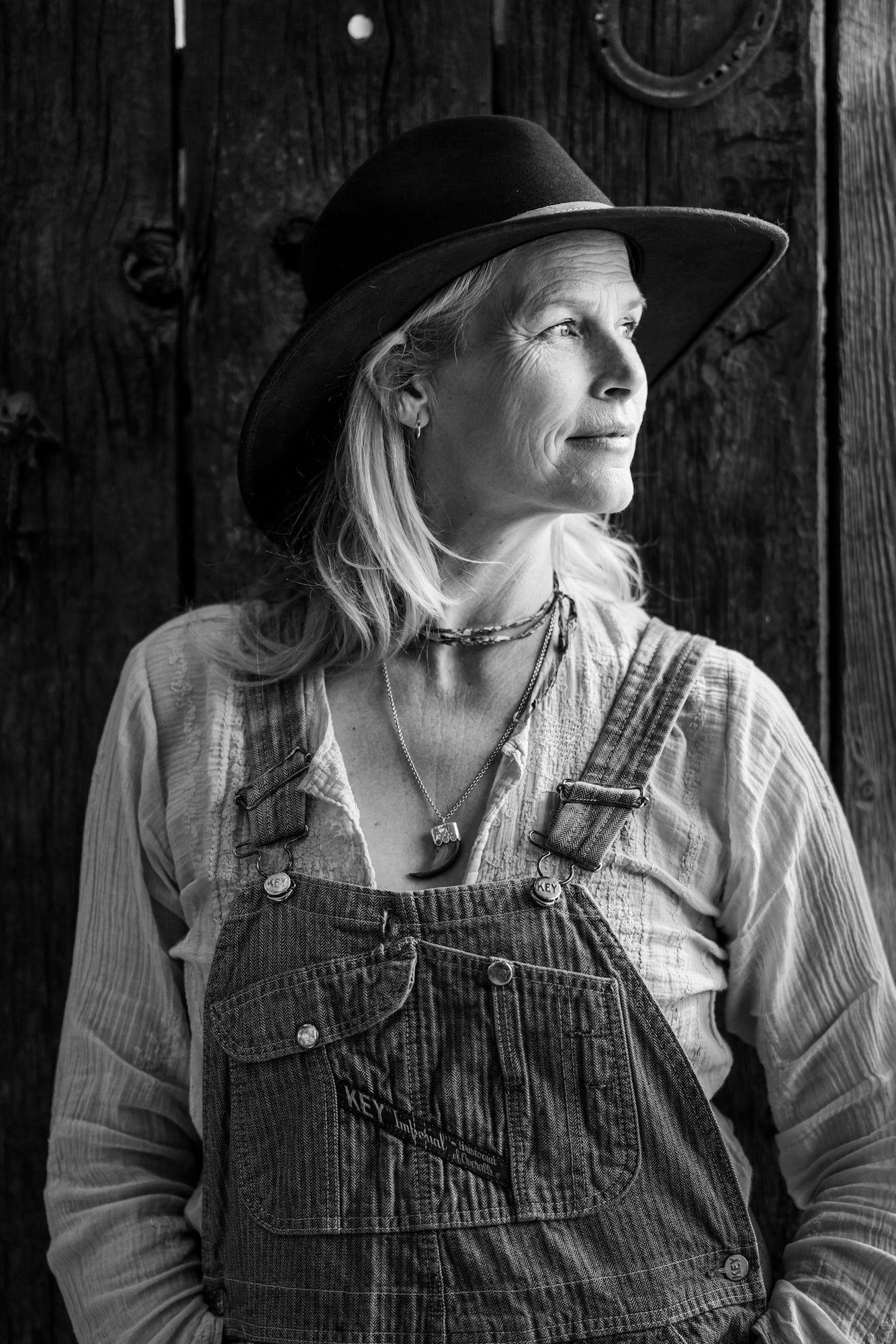
Photo by Chris Orwig. Sony 135mm f/1.8 G Master lens.
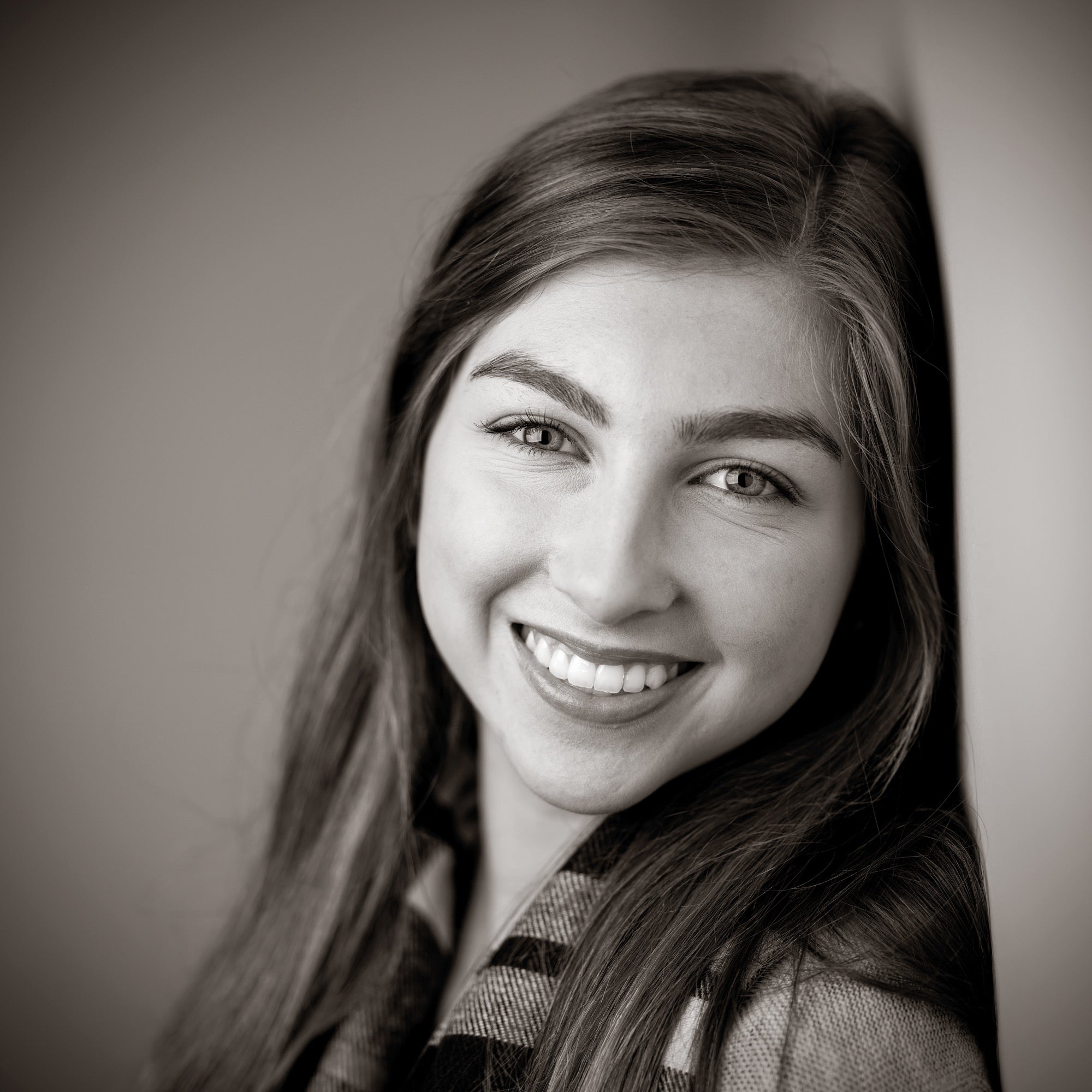
Photo by Patrick Murphy-Racey. Sony 135mm f/1.8 G Master lens.
See more about the 135mm f/1.8 G Master lens in Hands-On Review Of The New 135mm f/1.8 G Master For Portraits, Weddings…And Sports!
3, Sony Planar T* 50mm f/1.4 ZA
The Sony Planar T* 50mm f/1.4 is a top choice for portrait photography because of its versatility, tack-sharpness and beautiful bokeh. 50mm gives you a flattering perspective in a medium-tight portrait as well as images where you’re backed off more, both with a comfortable photographer-to-subject distance. This 50mm’s fast f/1.4 maximum aperture lens also makes it useful in dimly-lit situations.
“There is a reason that for half a century, the 50mm lens has been the go-to field of view for many photographers,” explains Sony Artisan Chad Wadsworth. “The focal length renders perspective naturally, as the human eye generally sees things, lending a look that the viewer can most easily relate to. The Sony Planar T* 50mm f/1.4 is my absolute favorite 50mm due to its combination of hyper-sharp details and beautiful transitions to out of focus. This is a lens that can produce both a traditional portrait headshot, or with a few steps back from your subject, a lovely environmental portrait.”
"I LOVE this focal length,” says Sony Artisan Chris Orwig. “It isn’t easy to use, but it delivers reliable results. I’ve always seen the 50mm as an ‘honest and authentic’ focal length. This is because it doesn’t compress like the longer focal lengths nor does it distort and exaggerate like wider angle lenses can do. The Sony 50mm f/1.4 is a gem. If this lens were an instrument, it would be an acoustic guitar. No bells and whistles, but everything I need. It keeps things simple and makes me move my feet. The build quality is strong, the results are stunning."
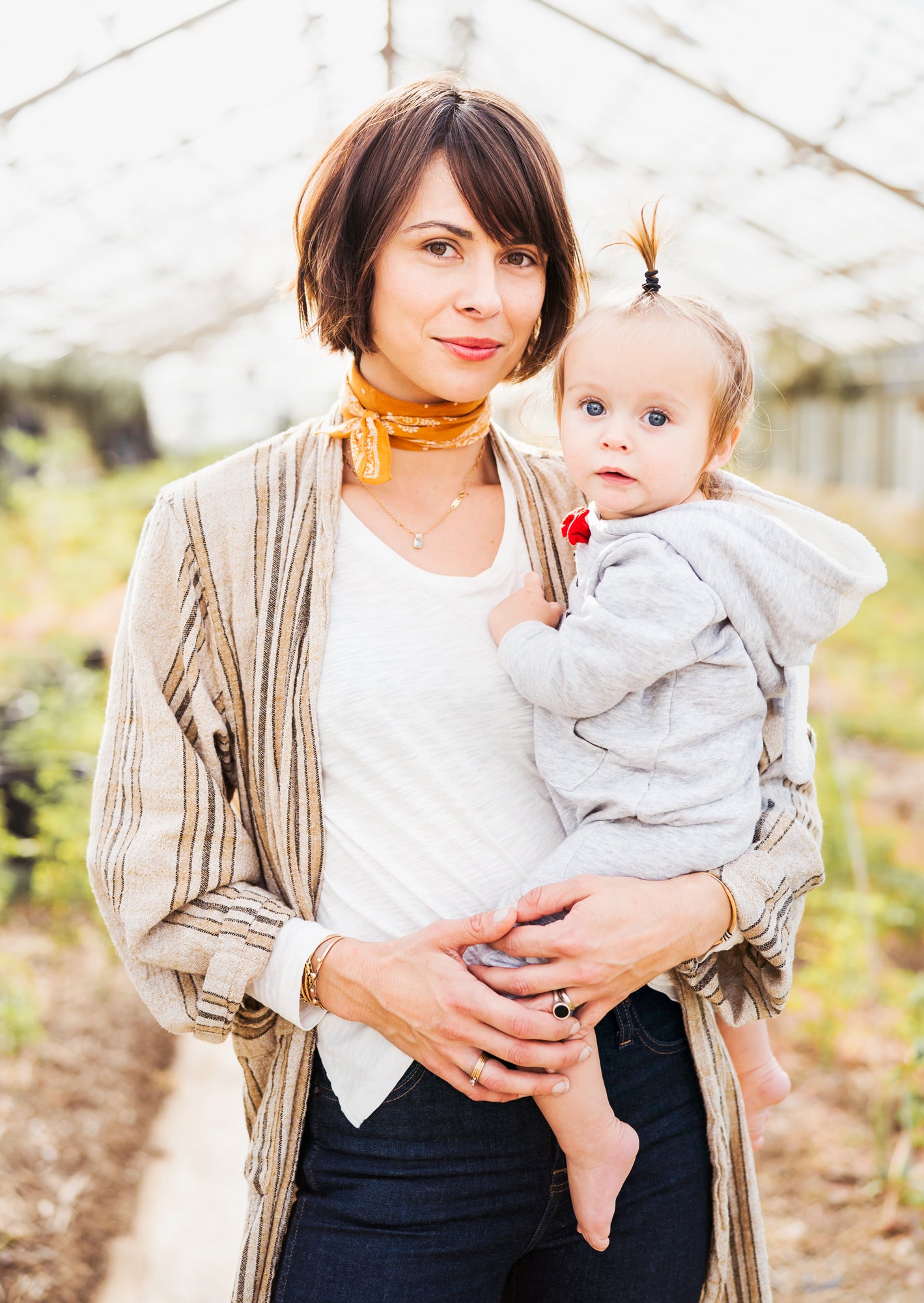
Photo by Chris Orwig. Sony Planar T* 50mm f/1.4 lens.
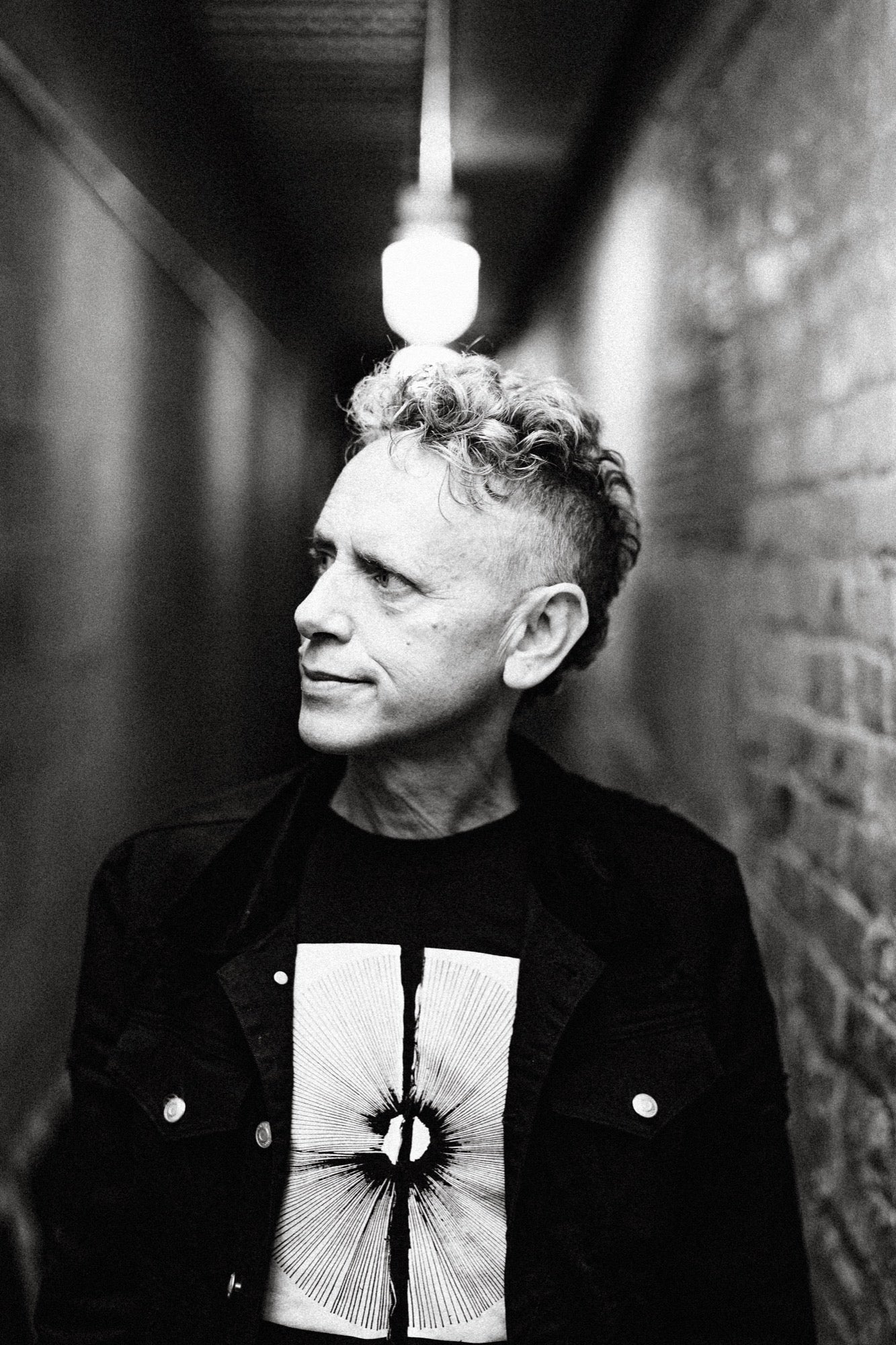
Photo of Depeche Mode’s Martin Gore by Chad Wadsworth at Moogfest. Sony Planar T* 50mm f/1.4 lens.
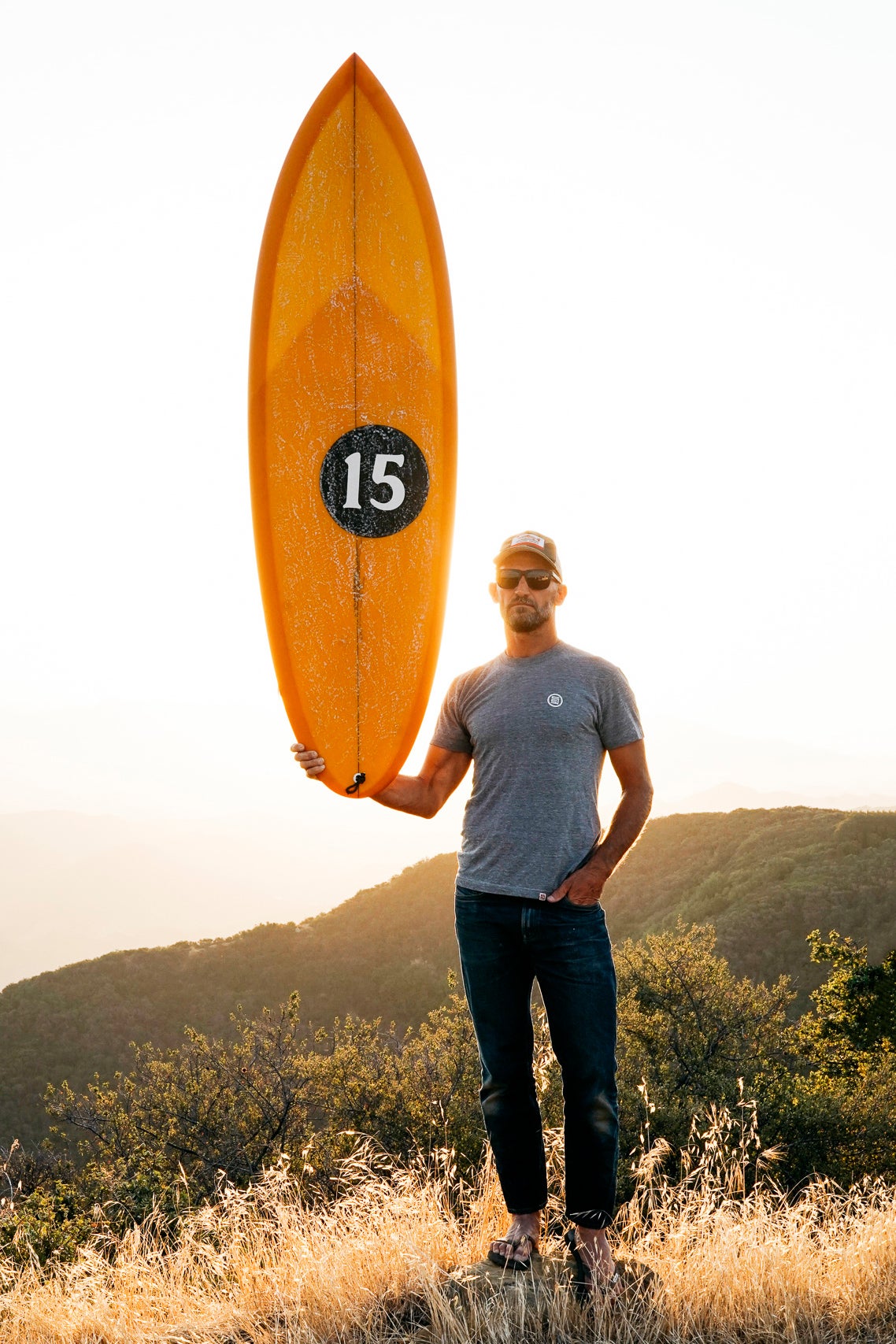
Photo by Chris Orwig. Sony Planar T* 50mm f/1.4 lens.
See more about this lens in Chris Orwig’s Favorite Full Frame Primes For Portraits and On The Allure Of The 50.
Also consider:
Sony 55mm f/1.8: The 55mm f/1.8 was one of the first full-frame native mirrorless lenses in the Sony line and it’s still ranked as one of the sharpest lenses you can get. It’s fast, sharp and compact. Photographers who have both a full-frame and an APS-C Sony mirrorless camera will appreciate the size and performance of the 55mm f/1.8 on their smaller-format body where it has a full-frame equivalent focal length of about 82mm.
4, Sony Distagon T* 35mm f/1.4 ZA
At the wider end of spectrum for portraits, 35mm is an excellent choice. Renowned by photojournalists since the first days of the Leica, portraits taken with a 35mm lens have a photojournalistic look. It’s a versatile focal length that’s particularly suited to environmental and street portraits and wedding pros will find it to be indispensable all day long on a wedding day. The Sony Distagon T* 35mm f/1.4 ZA is fast and extremely sharp, producing beautiful bokeh with great contrast.
“Some people will tell you never shoot a portrait with a wide angle, but rules are meant to be broken and the 35mm f/1.4 is the lens to do it with,” says Sony Artisan Chad Wadsworth. “Portraits can be more engaging when they show some context or environment - thus the term environmental portrait. Shooting this lens wide open at f/1.4 keeps the focus on your subject sharp while beautifully transitioning to nicely rendered background and/or foreground elements.”
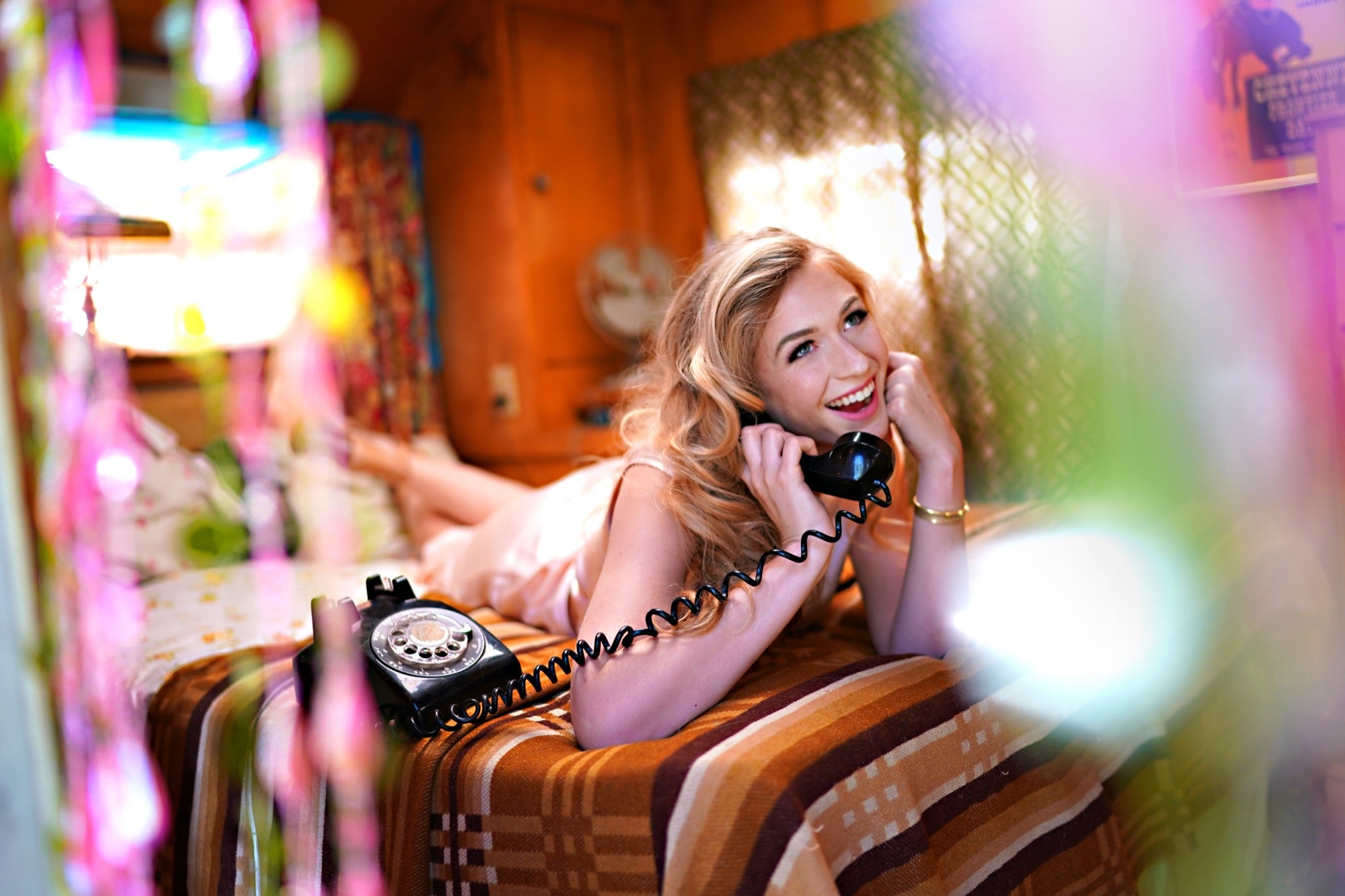
Photo by Robert Evans. Sony Distagon T* 35mm f/1.4 ZA lens.
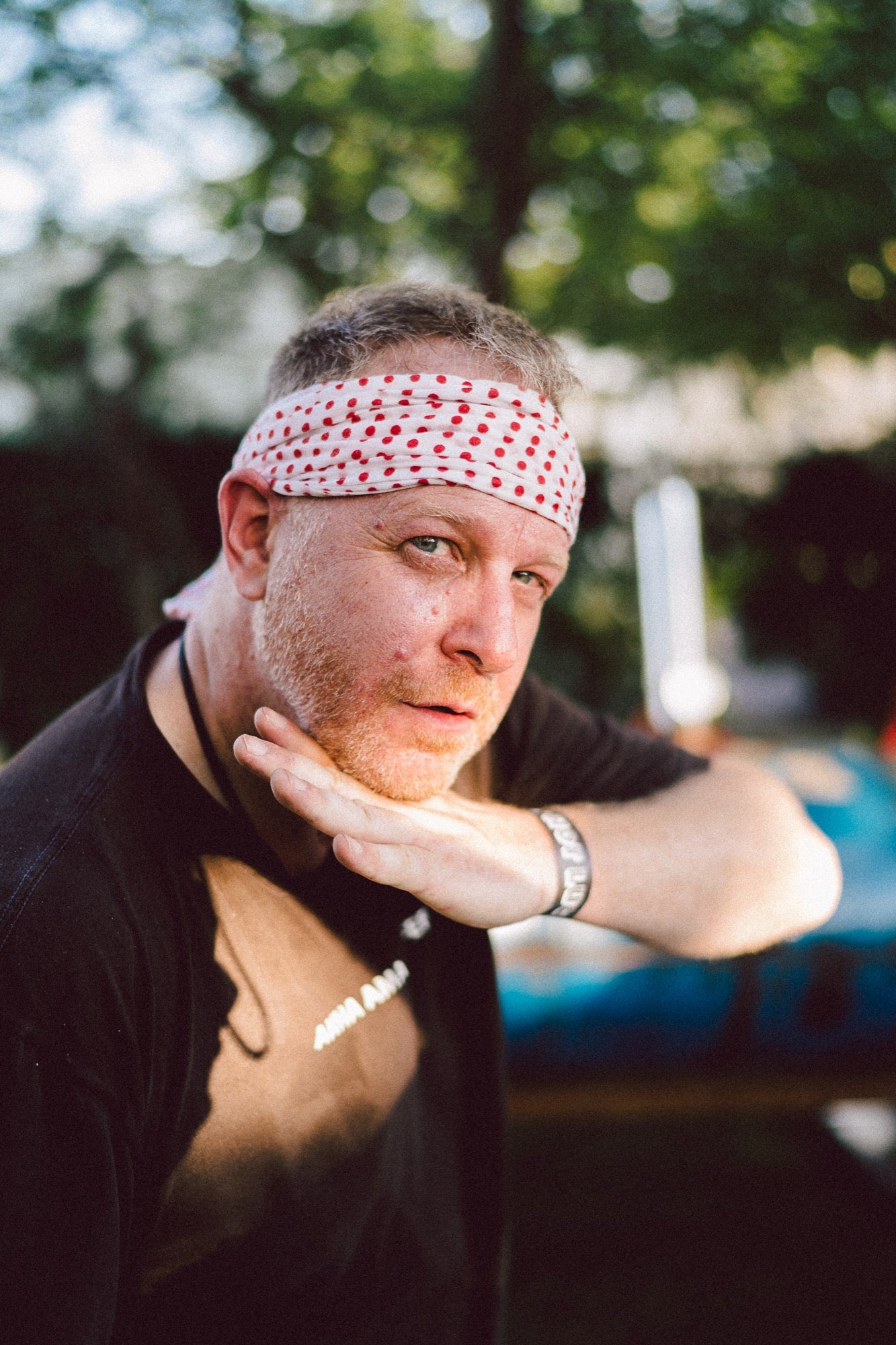
Photo by Chad Wadsworth. Sony Distagon T* 35mm f/1.4 ZA lens.
See more about this lens in Portrait Of A Lens: Sony 35mm f/1.4.
Also consider:
35mm f/2.8: The 35mm f/2.8 has been a favorite among street photographers for its low profile. Mounted to a Sony full-frame mirrorless body, it makes a small and unobtrusive package.
5, Sony 100mm f/2.8 STF G Master
The 100mm f/2.8 STF G Master is a sleeper in the Sony lineup. It uses an STF (Smooth Trans Focus) design to create exceptionally smooth bokeh. STF lenses have an apodization element that makes the bokeh in the out-of-focus areas smooth without compromising the sharpness elsewhere. (The apodization element makes the lens an f/2.8 and a t/5.6 which can lead to some confusion. See our STF Demystified article here for an explanation.) The 100mm f/2.8 STF G Master is an exceptional portrait lens that should be used wide open for maximum effect. It’s a sleeper that’s not especially well-known, but among pros who use it, the 100mm G Master is a secret weapon in their arsenal to create beautiful separation between subject and background.
“As a portrait photographer, this thing is a dream,” says Sony Artisan Miguel Quiles. “Being able to shoot at that 100mm focal length is something that I use quite often because it's very flattering for photographing faces. One of the big things is the sharpness. It is insanely sharp. For studio portraiture, I think it's really important to have an option where you can have a sharp foreground or a sharp subject, and then have a beautiful fall-off. It's just an amazing quality that this lens gives you to be able to blur the background in a way that you would be used to at maybe a lower aperture, but you're doing it with 2.8 aperture. It's very special."
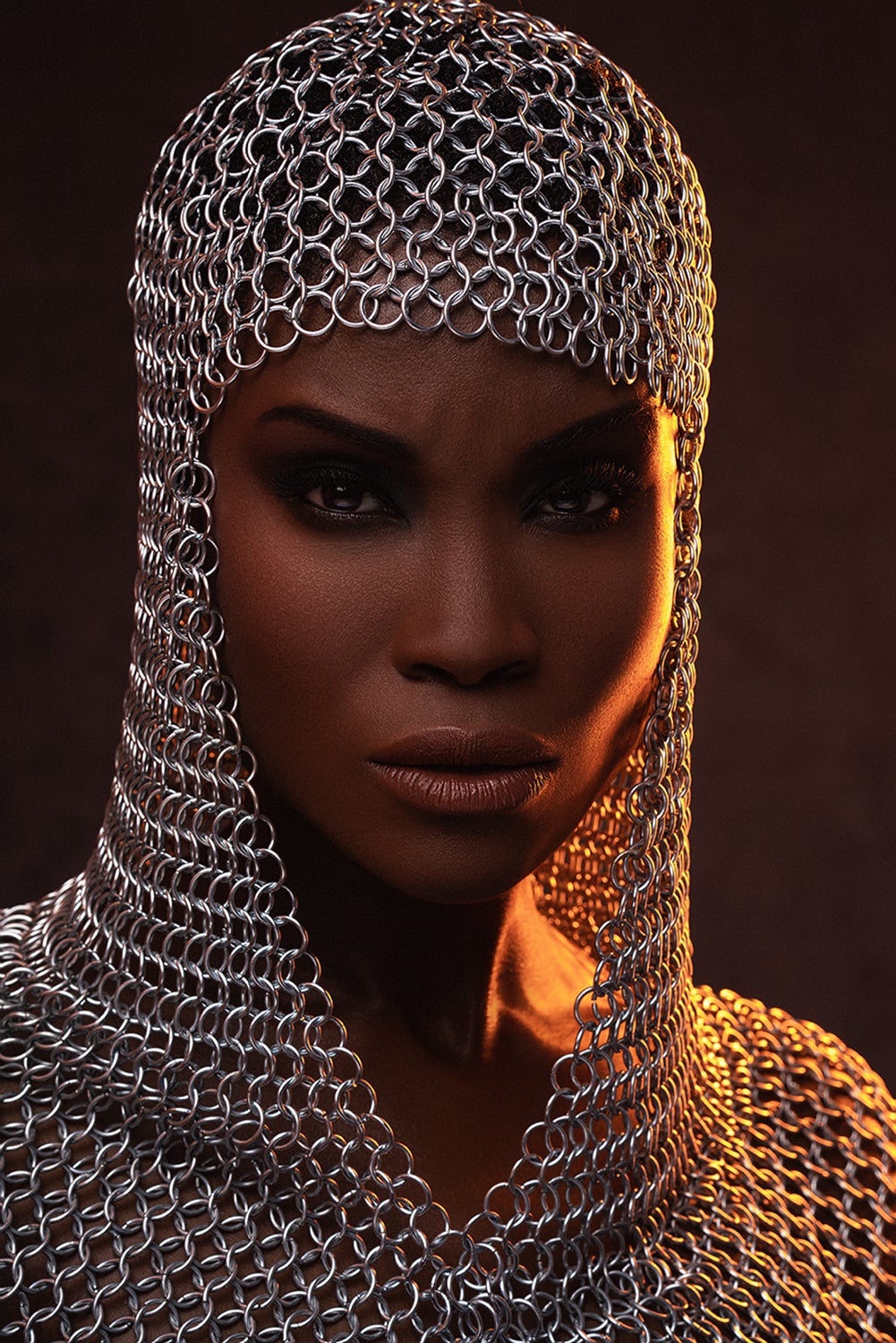
Photo by Miguel Quiles. Sony 100mm f/2.8 STF G Master lens.
See more about this lens in Bokehlicious: Steve Huff Reviews The 100mm f/2.8 STF G Master, Manny Ortiz Reviews The Sony 100mm STF and The Art Of Sharpness In A Low-Light Portrait.
+1…Think Different With The Sony 28mm f/2
28mm isn’t usually thought of as a portrait focal length, but photojournalists and environmental portrait shooters find it to be a good choice for including the subject’s surroundings without an overly-objectionable amount of distortion. It can also be useful when shooting in tight quarters. To be sure, using a 28mm for portraits takes practice and it’s not for everyone, but it can make some great and unique photos.
Often called a perfect walk-around lens, the Sony FE 28mm f/2 is small and light, but extremely capable. It’s sharp and displays beautiful bokeh when used wide open. It’s a good choice for still and motion shooting and it gives excellent contrast and color recognition.
"I was at the Gandan Monastery in Ulaanbaatar, Mongolia and spotted a family lighting some candles behind a well-known statue,” explains Sony Artisan Ira Block. “It was fairly dark, but I had the Sony 28mm f/2 lens on my α7S body and was able to shoot at ISO 2000 1/80 at f/2.8. I really appreciate the 28mm in a situation like this because it is such a small and very unobtrusive lens. The 28mm f/2 is a terrific lens for low light shooting, and it's nice and small.”
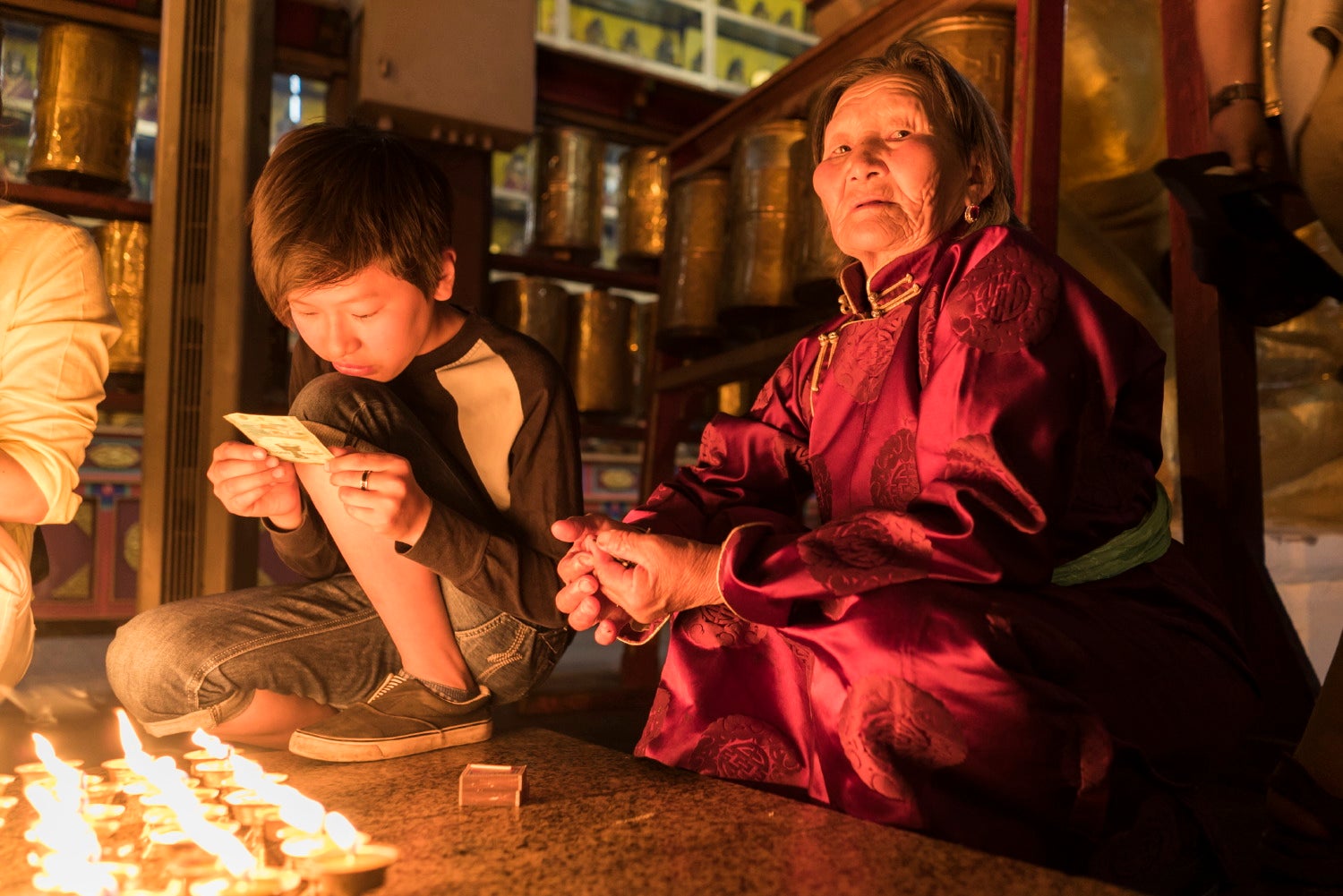
See more about this lens in Portrait Of A Lens: Sony 28mm f/2, Top 3: Ira Block’s Go-To Lenses, 3 Perfect Primes And 1 Zoom For The α6500 and Prime Time: Essential Full Frame Prime Lenses



